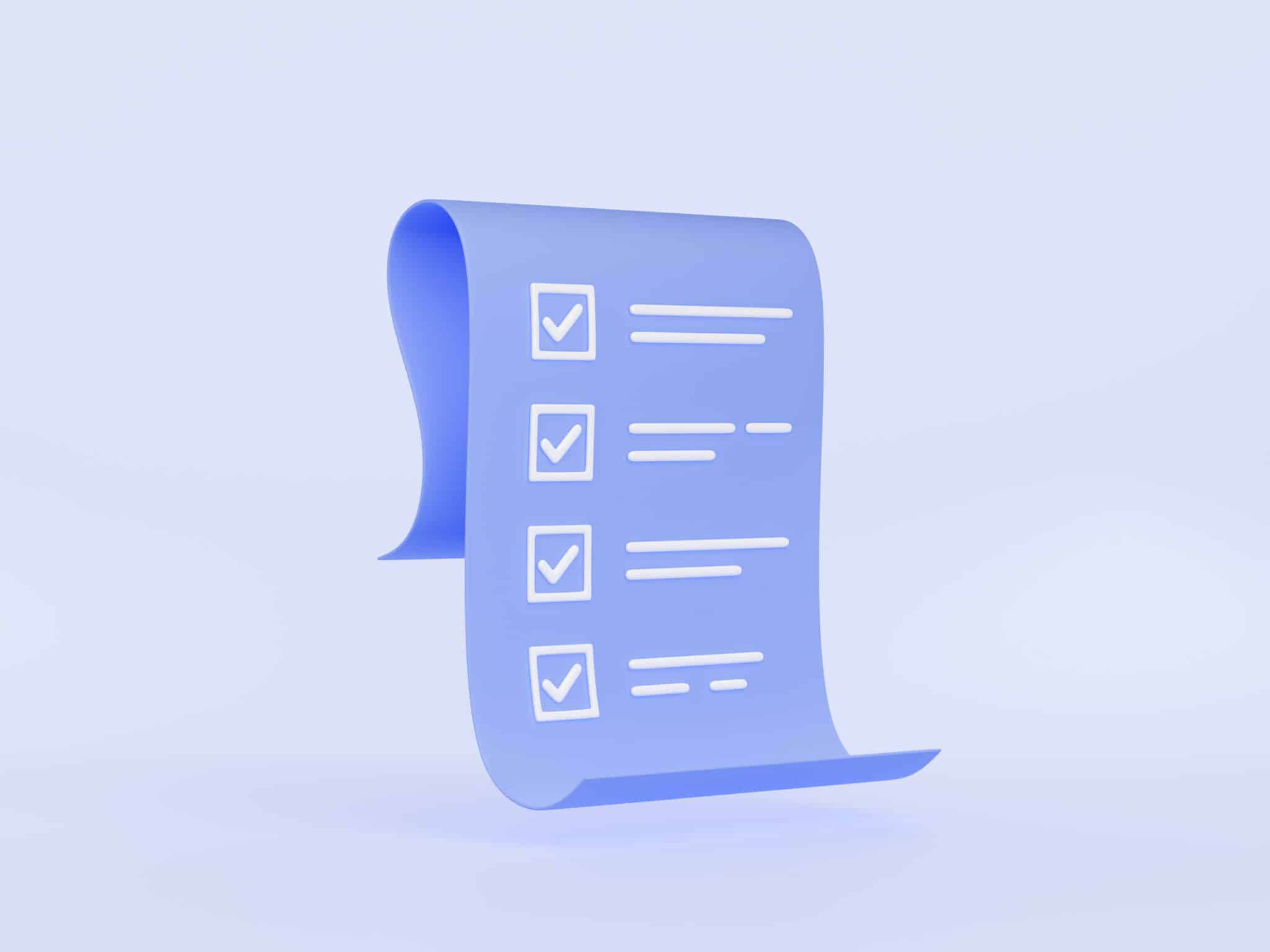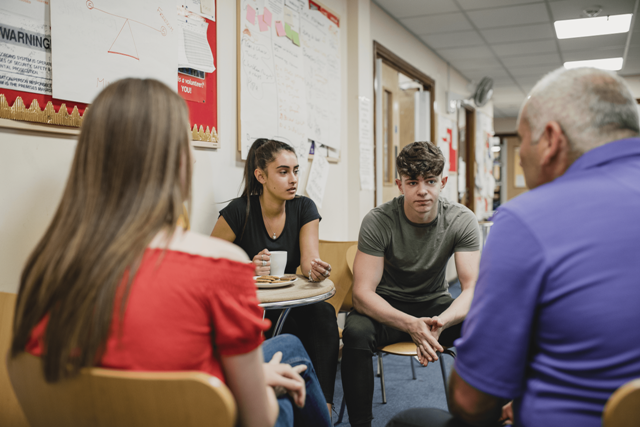What Pronoun Marks a Personal Narrative Paragraph Example?
 5424
5424 Table of Contents
As for a student, the idea of composing an essay that will bring good grades from your tutor must be the most mind-boggling issue. How you decide to formulate and connect your thoughts in an article gives you the confidence and composure that the content of the paper is worthy of a good grade.

Your teacher might decide to provide an essay topic that you may not have familiarized with, or you have little idea about. The situation is a disturbing one, and all that happens because you have not had the experience and the required knowledge to drive your writing ability to the next level.
For instance, take a topic where you are required to reflect on something you did on your first day in high school or college and write a narrative paragraph about it. More likely, the student has a lot more freedom to write on anything that will interest and capture the reader’s mind, but they might not be sure how to sequence their ideas and compose the correct conventional narrative.
While experienced students have already mastered and familiarized themselves with at least one narrative paragraph example provided by the professor, new students find it hard to lay their foundation on essay writing.
Even for the advanced students, some of the crucial aspects of writing might be challenging for them on a case by case. The guidelines we give on this platform brings a lot more clarity to the standard and related tasks that students face while constructing narrative paragraphs.
Firstly, we give you tips on how you can quickly identify narrative prose in an essay. The most vividly noticeable aspect is the first-person pronoun when describing the experiences. The usage of “I” gives the impression that the writer was a participant in the events described, and such a narration is personal. Sometimes an individual may write about an incidence which they experienced as a group and therefore uses the pronoun “we”.
What Is a Narrative Paragraph and What Is Not?
Sometimes writers might confuse between writing a narrative paragraph in an essay and reporting events. The two can be confusing, and students might fall trap of interchanging one with another and end up dropping their marks altogether. To define what is a narrative paragraph, one must establish the existence of the following characteristics:
- A description of a single event that the writer builds his narration
- A topic sentence that brings the reader to the same script with the narrator and which hooks them to continue reading
- The paragraph must depict a sequential in the arrangement of the ideas and occurrences
- The reader should be able to detect sensory details throughout the section.
Prose containing all the above particulars is qualified to be a narrative. However, sometimes, the writer can describe the events and the characters involved in each development in a manner that closely resembles a narration. The paragraph ends up not meeting the vital requirements and falls under a narrative report. When researching, students should look for particular characteristics and avoid misinterpretations.
Frequently Asked Questions on How to Write a Narrative Paragraph
Students always ask questions regarding the writing and formatting of narrative paragraphs in essays. In a narrative paragraph, you only need to recount your life experiences and anything that could have happened in your life. Firstly, ensure you write down several points that you intend to include in the paragraph. The ideas should be not only be backed by facts or reality, but they should create a delightful atmosphere so that the reader can be attracted to proceed on to the next one.
The paragraph should contain a topic sentence, one which introduces your content and creates an appeal to the reader so they can concentrate on your work. The article should also have an involving conclusion, which can take several shapes depending on the writer’s intentions and location of the paragraph. For instance, one can decide to end the narrative with a surprise question.
Remember that you should involve the readers throughout the story in such a way that they can immediately tell the exact events you had illustrated in your narration after reading. When looking for online materials on how to write a narrative paragraph, students should consider taking a closer look to understand whether the information guides them and builds on their creative potential. We have taken the initiative to ensure the information we provide to you is credible and enabling you to move a step into writing professional narrative prose.
Three Ways of Narrative Paragraph Definition
There are three ways in which you can define a narrative paragraph. The definition is based on the organizational structure of the ideas in the paper. For instance, a narrative essay about how your wedding was marked by beauty and happiness. The events described are a reflection. The response from you is as a result of various lingering questions like how beautiful was it? The next method of a narrative paragraph definition is when the writer exclusively writes about events that occurred one after another over some time.
The occurrence of the events is narrated chronologically. For example, one can write about the education journey or write his or her autobiography. It is expected that they must not skip details or partly describe events. In a chronological approach, the writer begins from the very first event and completes with the last one.
You can also write about a moment that happened from the past during your narration in a chronological approach. The paragraph describes a flashback scope that is relevant to your chronology. The flashback paragraph should be incorporated if it is necessary.
How Do You Compose Competent Narrative Paragraph Topics?
Choosing a topic of discussion could be quite challenging, especially if you want your writing to be unique from the rest. However, since you are only required to give an account of an event or an experience in your life, it becomes a bit easier when the focus is the most intriguing, scaring, or saddest events. In a narrative approach, students are given the artistic freedom to create or even imagine events that could be as interesting as if it indeed happened.
Think of it as a fiction and bring out the greatest part of the story. When you have settled on momentous events, jot several points that you can associate with it, noting to put the reader on the same experience stage as you. The ideas will help you to discover the best topic to give your paragraph. Narrative paragraph topics take the shape of the cases in the piece of writing.
For instance, if you are writing an article about how you learned to cook poutine, your topic must be aligned with the cooking and could sound like, “My first day as poutine chef.” The topic should be simple, short, and giving the reader the direction of what you are going to write. The tone of the narrative should sound excited, sad, or funny, depending on the content and your audience.
Why You Should Plan Well Before Writing
Before writing the paragraph, we insist that the writer should have a moment of planning on precisely what the section will constitute. To add to the plan, please read through below the elements of a narrative paragraph as we discuss them from the writer’s point of view. Note that this is our guidance and recommendations, but students are encouraged to explore various creative tactics to approach a narrative paragraph. The most remarkable narrative paragraphs usually take the writer’s time.
Decide if you want to write a chronological order about a specific event that you can reflect on or a short life story. To construct an alluring ambiance in the mind of your audience, try to generate an unusual type of occasion aimed to absorb your readers’ attention. We recommend that you should bring out something that creates a form of conflict. It is human nature to admire and follow up stories that have an element of disruption or disagreement.
Describing how the events unfold in such a scenario is much easier than when you define a calm or a happy case. Act your version of a movie writer and create the most fascinating one. Make sure not to create a lot of unrealistic versions of experiences when you are narrating a story about yourself.
Considerations When Writing a Narrative Essay
After you have done your preliminary preparations, you can now decide how to start a narrative paragraph from scratch. You need to arm yourselves with several pertinent issues regarding the write-up. First, ensure that you have polished your grammar, punctuation, and formatting methods. Second, ensure you have your central theme or the primary point that you want to put across the reader’s mind. Your points should be general but satisfying and exciting at the end of the paragraph.
The writer should avoid discussing the most obvious point but rather concentrate on a unique discovery that sparks the interest of the reader. More importantly, the story in the paragraph should have the major and minor characters, traits, and their participation in your account should come out in the write-up. However, do not saturate the write-up with extremely many characters.
We also advise students to practice drafting a narrative paragraph outline for them to follow the right arrangement of events and ideas before putting it on paper. An overview guides the writer to stick to the chronological paragraph format and avoid deviations that most likely disrupts the flow of the story. Depending on the instructions from the teacher, the paragraph should have a minimum and a maximum number of words to limit the writer to only the relevant information.
What Information to Provide Per Paragraph
The writer should not provide too much unnecessary details. At the same time, the paragraph should not be too short that the story sounds scanty and unfounded. A minimum of three sentences are enough and goes up to ten sentences on the higher end. Note to avoid very long sentences, which might make the reader lose interest halfway. All essays or books that give an account of the author’s experiences begin with a narrative introduction paragraph.
As a writer, you should provide brief information on what the content of the piece will be about and drive the reader to develop interest. The paragraph should motivate the audience through the creation of humorous quotes or axioms that captures and hooks their concentration. As we have mentioned, your ideas should flow freely from your mind right from when you start the first words in your sentence.
After beginning the write-up, students should not worry so much about the language or the format of the paragraph more than the ideas they are putting across. You can write as many draft paragraphs as you can, after which you correct all the grammatic and punctuation errors after settling on your preferred draft.
The first sentence in the article is the main one. It is the leading hook, as stated earlier, it gives the reader their first impression of the content in the paragraph. We have provided a topic sentence for narrative paragraph examples below so you can acquaint yourself with the model and formatting.
Rely on Our Service
Remember to conclude with a summary sentence that should also entice the reader to either continue to other sentences, for an essay or seek more of your articles. A concluding sentence is meant to summarize your points of the entire piece using a few words.
The next time your teacher gives you an assignment with a narrative paragraph format, please refer to this article and boost your chances of improving your grades. You are also welcome to share your questions on narrative papers any time through our email or calls. We will respond to your queries soonest possible.





